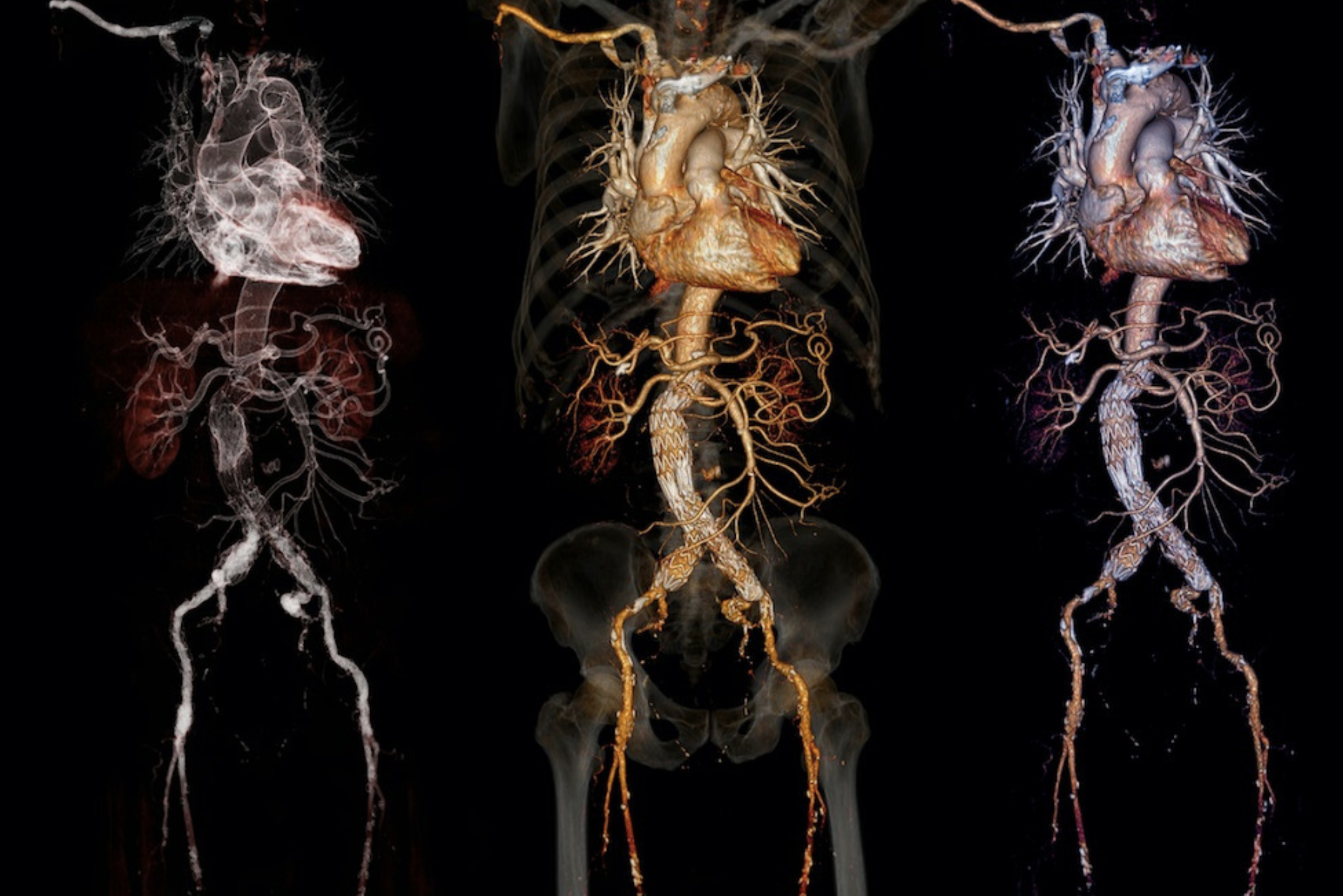

Abdominal aortic aneurysms – symptoms and risk factors
The aorta is the main artery that carries blood from the heart, down through the chest, abdomen, and rest of the body. When age and other risk factors cause the aorta’s wall to become weak, it can bulge out due to the blood pressure contained within normal blood flow, a condition known as an abdominal aortic aneurysm.
Follow us on Telegram for the latest updates: https://t.me/AsiaMDsg
Some patients with an abdominal aortic aneurysm, especially those with a rapidly growing one, experience back pain, deep and constant pain in or on the side of their abdomen, or a pulsing sensation near the belly button, but the condition’s true danger is that it often does not have symptoms until the weakened wall tears or ruptures, leading to massive internal bleeding.
At this point, the patient will experience sudden and severe pain in the abdomen, back or lower back, may feel cold, clammy, sweaty, faint, and breathless, may lose consciousness, and will likely die due to massive internal bleeding if not treated quickly.
For this reason, people who have a higher risk of developing an abdominal aortic aneurysm should go for screening for the condition. These are men in their 60s and older, and women in their 70s and older, who have underlying risk factors, including:
- High blood pressure
- High blood cholesterol
- A family history of abdominal aortic aneurysms
- A history of smoking
- Chronic obstructive pulmonary disease
- Cardiovascular disease, such as heart disease or a history of stroke
What to do about abdominal aortic aneurysms
The most common test to screen for an abdominal aortic aneurysm is an abdominal aortic ultrasound, which is painless and safe. Many people incidentally discover they have an abdominal aortic aneurysm when doctors order computed tomographic (CT) scans for other medical conditions of theirs.
Small abdominal aortic aneurysms, where the diameter of the expanded aortic wall is less than 4 cm, have a low risk of rupturing but should be monitored regularly. Patients with such an aneurysm should have an ultrasound test at least annually to ensure it is not growing at an alarming rate. They should also speak with their doctor about lifestyle changes that may reduce the risk of a large aneurysm.
If the abdominal aortic aneurysm is approaching 5 cm in diameter, they should have conversations with their doctor about their treatment options. At this size, patients should undergo a CT-aortogram scan for more accurate diagnosis and treatment planning. The most common treatments are either open surgery or endovascular aneurysm repair (EVAR).
This article has been verified medically by Dr John C. Wang, vascular surgeon at Surgi-TEN Specialists, Farrer Park Hospital (Singapore).



0 Comments